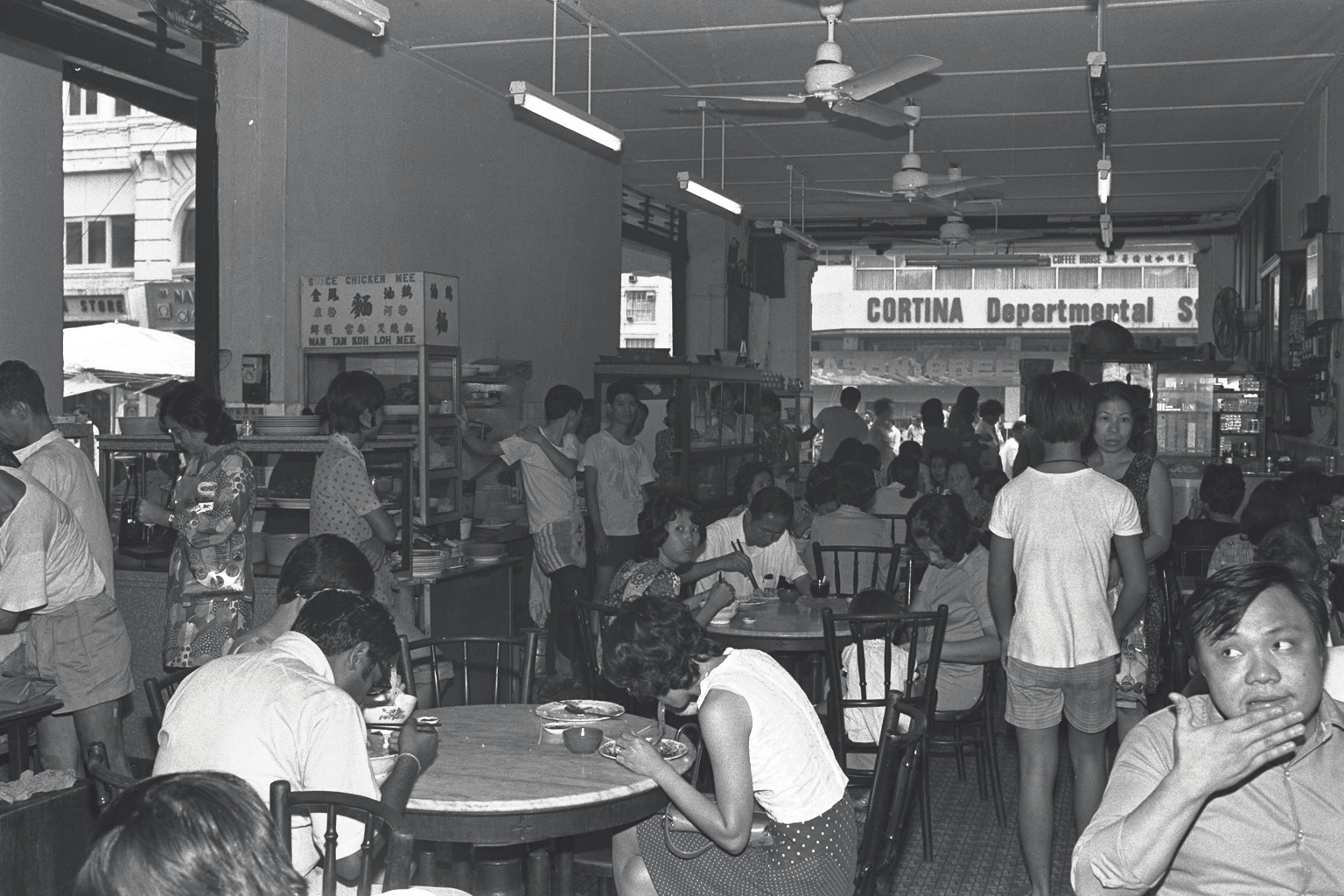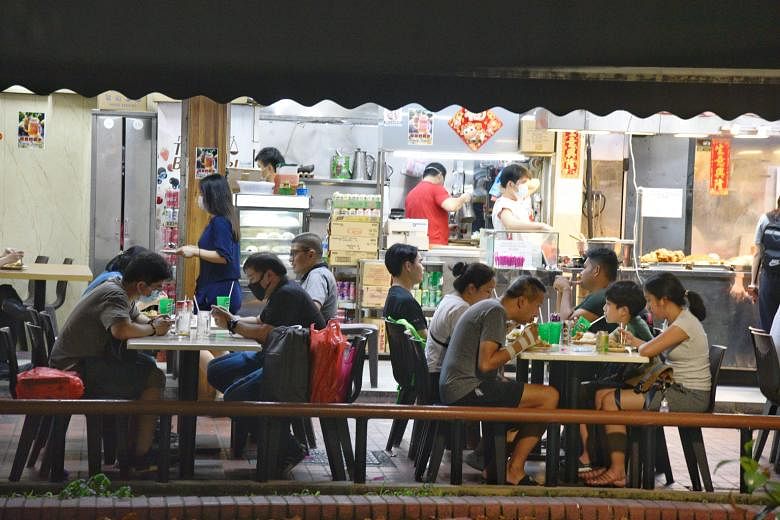SINGAPORE - Singapore's hawker culture today is known for reflecting the country's multicultural society, with hawker centres seen as inclusive community dining spaces.
However, the history of hawkers here reveals that the form of hawker culture that was inscribed on the Unesco Representative List of the Intangible Cultural Heritage of Humanity last December is one that is relatively modern and vastly evolved from that of when hawkers first appeared here in the 1800s.
"Hawker culture didn't simply happen," said Ms Sarah Huang Benjamin, a co-founder of research consultancy Ethnographica.
"It was influenced by the interaction of governments, both colonial and Singaporean, and street hawkers."
She was sharing her research at a two-day virtual workshop last month on Singapore's food history, organised by Yale-NUS College (YNC) and held in conjunction with the Singapore HeritageFest 2021.
Anthropologist Vivienne Wee said the earliest evidence of payment for cooked food here was from 19th-century colonial records.
Hawkers then catered mostly to male labour migrants, who were here without their families and hardly did any cooking at home. These hawkers gathered around the city areas where migrant workers stayed, serving food that was familiar to the various sub-ethnic groups.
In 1922, realising that unregulated hawking created problems like traffic obstruction and public health concerns, the colonial government built hawker shelters, a predecessor of hawker centres.
But the most impactful change that shaped hawker culture into what it is today was the rapid urbanisation of Singapore from the 1960s, said Ms Huang Benjamin.
Housing and transport links were established farther afield to decentralise residential settlements and economic activity from the city centre and Singapore River area.
Self-sufficient towns soon sprung up, as did hawker centres, to cater to a population that needed easy-to-reach sources of cheap food.
It was in these hawker centres that Singaporeans began to get exposed to foods of ethnicities other than their own and started to see dishes not as belonging to one ethnic group or other, but as Singaporean food.
The creation of housing towns also played a key role in changing the face of kopitiams, or Chinese-owned coffee shops, which before the 1960s served as a social centre for the male Chinese population.

Some were the unofficial home ground for gangs, said Ms Pamelia Chia, author and founder of Singapore Noodles, a repository of local food recipes.
"Gangs and secret societies have existed here since colonial rule and often had no proper headquarters," she said. The kopitiam boom in the 1950s led to them being the gathering place of choice for members and some even served as a front for vices like prostitution and gambling.
But with the creation of multiracial housing towns, kopitiams were worked into town plans and evolved from Chinese establishments to multicultural institutions as owners increasingly rented out stores to stallholders of various ethnicities.
With their affordable and diverse offerings, kopitiams became a go-to for families who found eating out a practical option.
Some of Singapore's brand exports had their roots in kopitiams.
Ms Chia cited kaya toast chain Ya Kun, which began as a kopitiam in the 1940s and has become an international brand today.
YNC assistant professor Anthony Medrano, who co-organised the workshop which featured topics like medicinal foods, said he hoped viewers "see food as a lens for knowing more about the multiple kinds of actors, technologies, habitats, emotions, feelings, smells, tastes, sounds, textures and encounters that shaped Singapore's past".
All six sessions of the workshop are available for viewing on YNC's YouTube channel.


